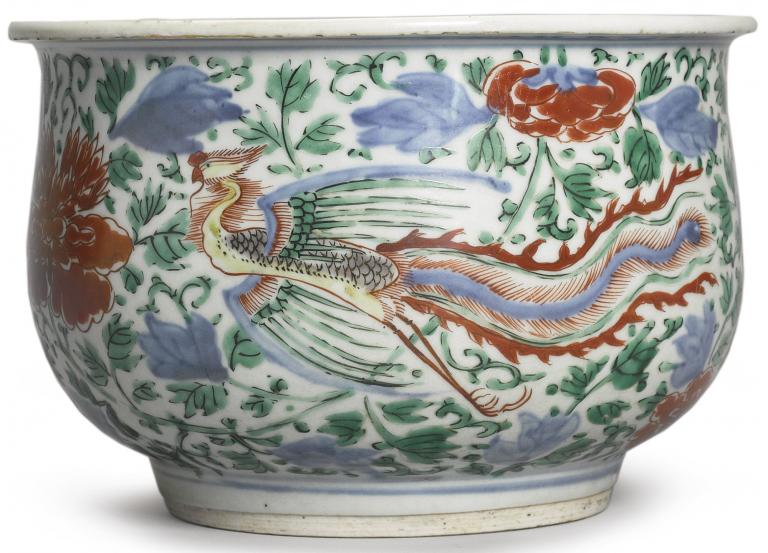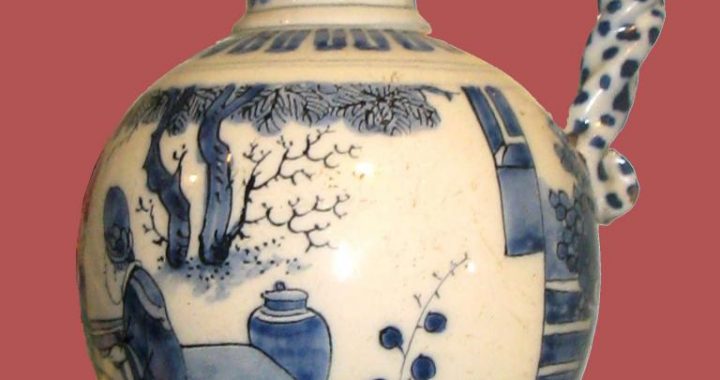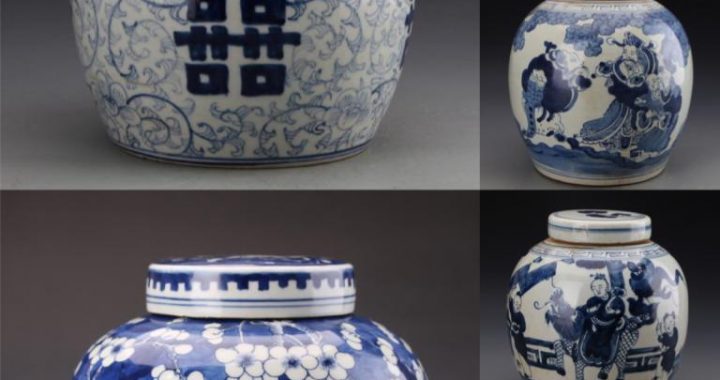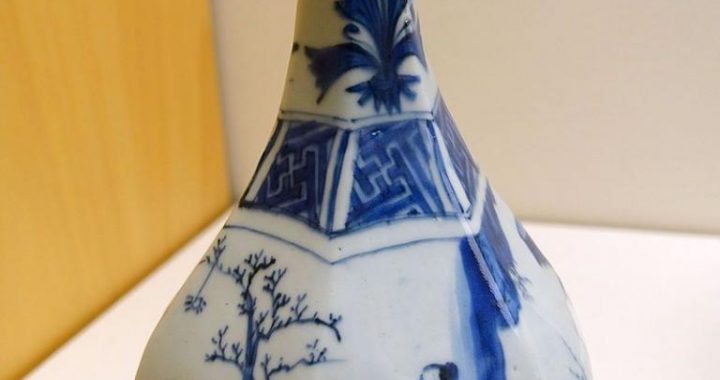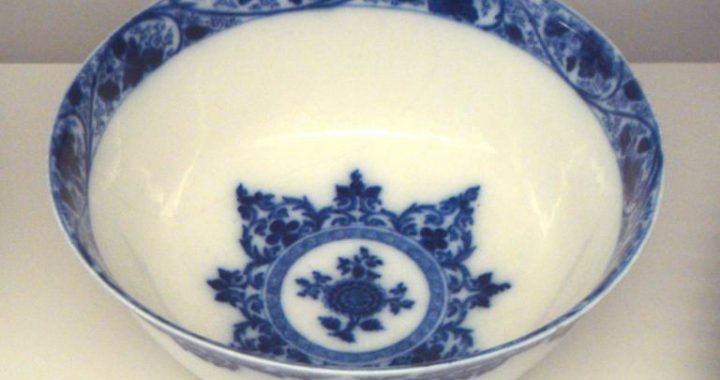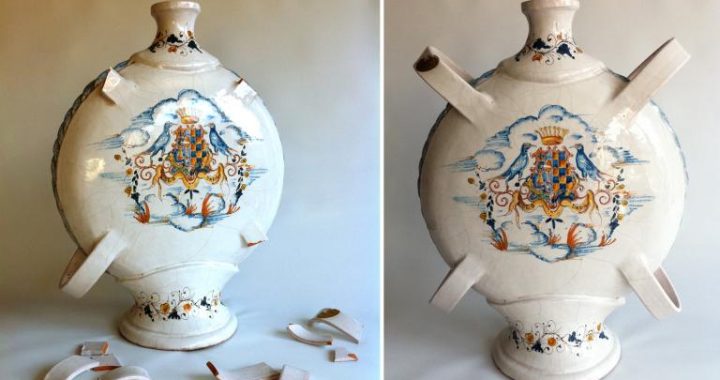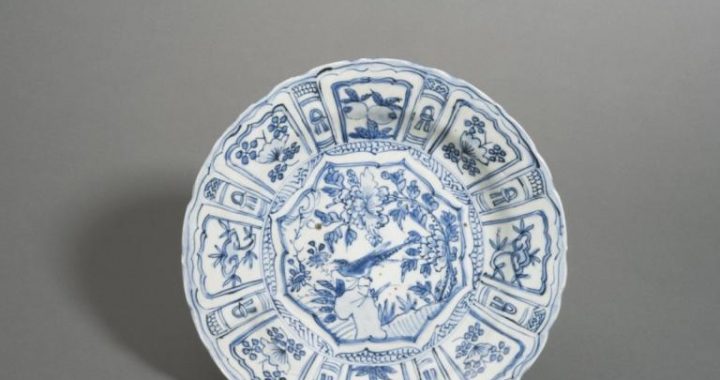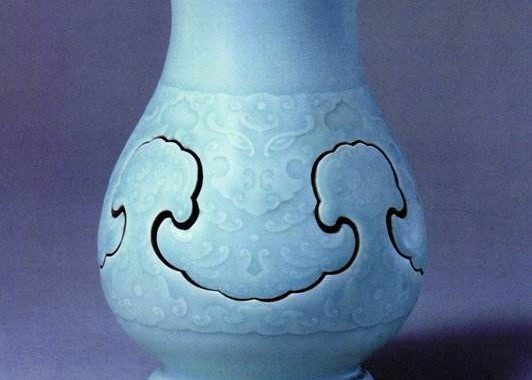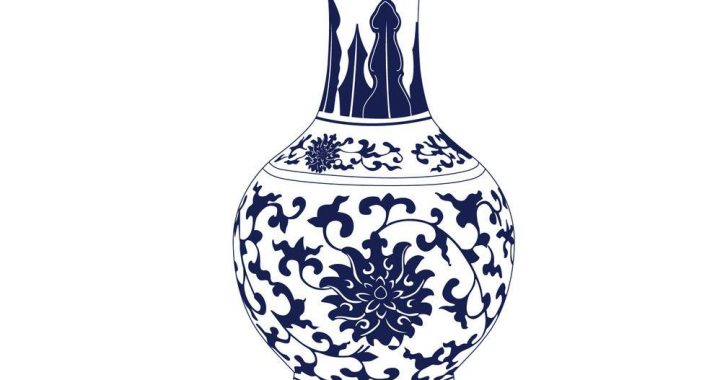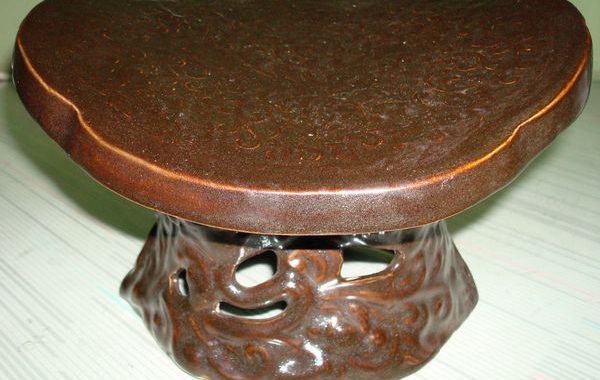Colorful Wucai and Doucai Porcelain in the Qing Dynasty
3 min readWucai and Doucai, as their names indicate, boast fabulous polychrome decorations. Then, what are the differences between them?
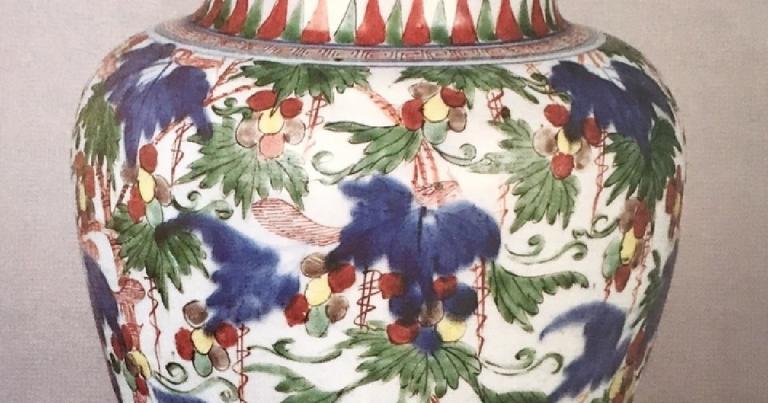
Wucai ware, literally meaning”five-colors ware”, wasderived from a plain base, which was fired first at high-temperature kiln, colored on its glaze, and then sentinto a low-temperature kiln for second firing. Before the appearance of overglaze blue, this technique was often combined with the firing method of blue-and-white, thus also known as”Qinghua Wucai”(blue-and-white ware with five-colors glaze). Such practice was no longer used when overglaze blue technique was invented in the Kangxi period of Qing.
Five-colors porcelain was first fired in the late Yuan dynasty. Its colorful look and magnificent presence appealed to people, thus it experienced an enhancement during the Ming and Qing dynasties, and sometimes could even enjoy the same popularity as blue-and-white porcelain. Five-colors porcelain flourished in Kangxi era, featuring sharp and contrasting colors. Due to the strong visual impact it brought to people, it was also known as”strong color”. The decoration of Kangxi five-colors is best known for its refined and vivid depiction, similar to an elaborate and realistic painting, while the decoration of Kangxi blue-and-white ware is more like an elegant ink painting without color.
Doucai or contending colors porcelain first appearedin the Ming dynasty. Employing “fill-in”technique, the outlines of design were painted onto the raw paste in cobalt blue; after it was glazed and fired for the first time, other overglaze colors were filled into the blue contours, and then the ware was fired again at low-temperature kiln. Such method is very similar to that of overlagezed five-colors, except for the difference in color. Contending colors applied cobalt blue as the basic tone,and embellished it with other colors.Sometimes it also adopted the craftsmanship of cloisonne enamel to create a stereoscopic effect.
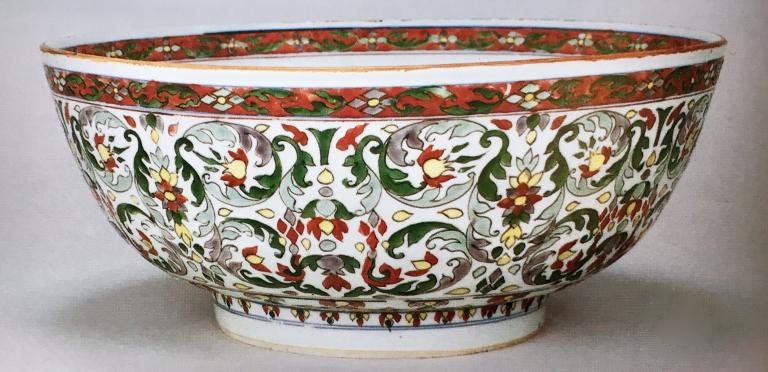
Doucai wares produced during the Chenghua period are widely renowned,especially the delicate Chenghua jar-shaped cups with chicken design,whose name was derived from the vivid depiction on the cup of several chickens in peonies,orchids and rockeries.Chicken cup could be used for drinking,or for display and appreciationin the palace.One of the reasons for its popularity during the Chenghua period might result from the favor by a Emperor Chenghua’s beloved concubine,who was about ten years older in age.Apart from that,Chenghua jars with seal mark of character“tian”(meaning heaven)at the bottom are extremely exquisite as well,its shape is very similar to our wine jar today.So far we have no idea about the connection between the jar’s mark and its function.Chenghua five-colors porcelain was so precious that all emperors after the Ming dynasty ordered imitations of it,many of which had high artistic merit.
Both wucai and doucai,as two popular decoration methods during the Ming and Qing dynasties,enriched the graceful ink landscape decorations on blue-and-white warewith lively and colorful life scene.Meanwhile,the Chinese porcelain art was further embellished by decorative techniques introduced from abroad.The presence of cloisonne is a good example.
